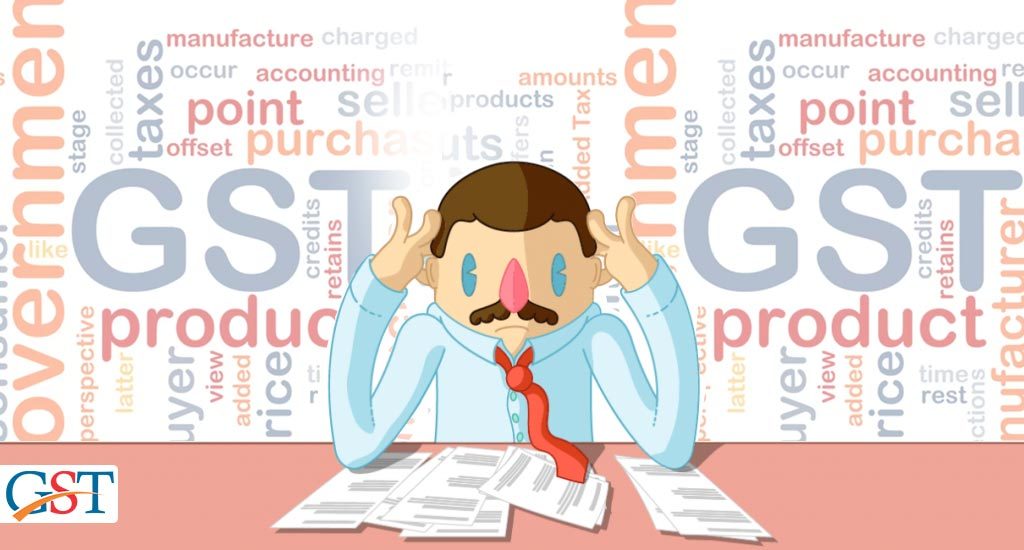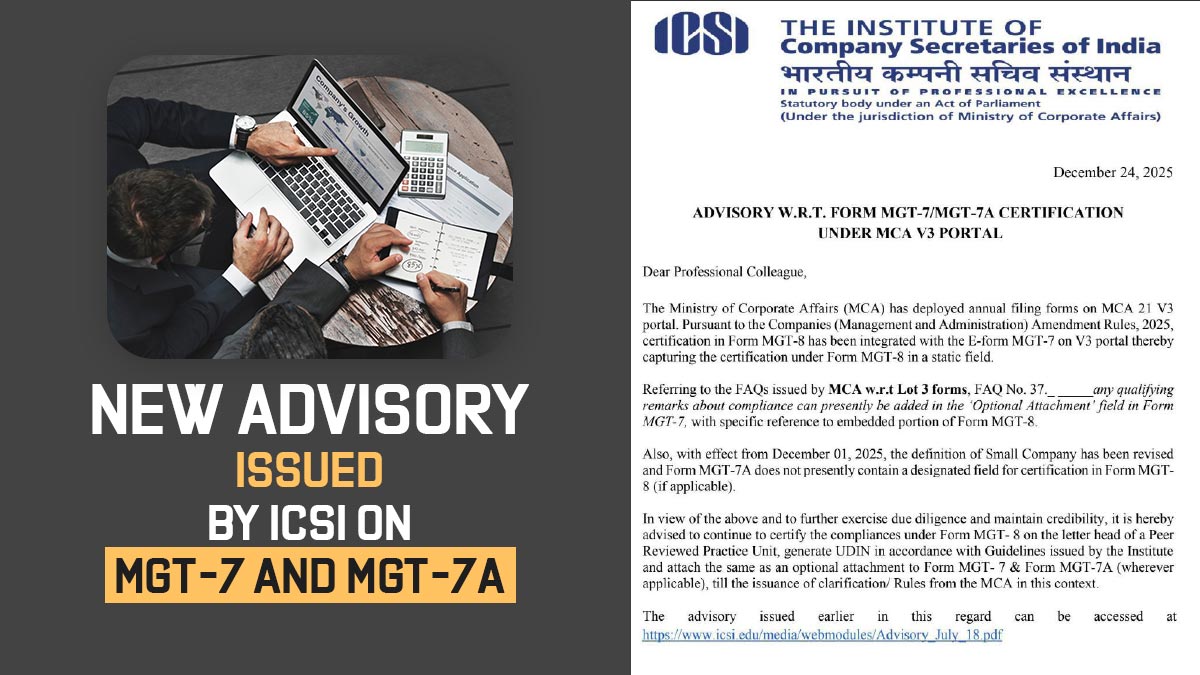
Recently, the finance ministry in India has urged businesses to file their Goods and Service Tax (GST) annual returns before the last date, i.e., June 30, to avoid the eleventh-hour rush. Finance ministry has made this announcement due to the glitches seen in the GSTN portal last year as a lot of merchants and businesses have filed their annual returns on end moment.
Offering more clarity on return filing, the ministry has also announced that if the auto-populated data do not match with the actual information of the businesses, then they can simply avoid it and go by their books of accounts. The ministry further said, “Auto-population is a functionality that is offered to taxpayers for facilitation purpose, taxpayers must report the data based on their books of account or the returns filed during the year. “
One must note that the final deadline for filing the annual GST returns has been extended till June 30 to give businesses more time so that they become familiar with the new technology-driven tax system. Meanwhile, the central and state authorities have worked on improving the compliance after taking a forgiving approach so far in the GST regime.
Alongside the detailed clarification and announcement of making no further change in the last date to file annual GST return, the union finance ministry has also asked the businesses to keep utmost care by keeping the following issues in mind while filing their annual returns:
a) Information subsumed inside Form GSTR-2A on May 1, 2019, should be auto-populated in Table 8A of Form GSTR-9.
b) Input Tax Credit (starting from April 2019 to March 2019) must be properly declared inside Table 8C of Form GSTR-9.
c) In point V of Form GSTR-9, the particulars of the transactions made between April 2018 to March 2019 must be declared correctly. Such particulars might carry details regarding the amendments filled in Table 10 and Table 11 of Form GSTR-1.
d) Regardless of when the supply was declared in Form GSTR-1, the rule to declare a supply in Point II and Point V of Form GSTR-3B rely on the date when the tax was paid via Form GSTR-3B in regard to such supplies.
- For instance, if the tax has been paid between July 2017 to March 2018 through Form GSTR-3B, then such supply must be declared under point II, and if the tax was paid between April 2018 to March 2019 via Form GSTR-3B, then such supply needs to be declared under point V of the Form GSTR-9.
e) Any outward supply details that were not furnished by the registered taxpayer in Form GSTR-3B and Form GSTR-1 must be declared under Form GSTR-9 under the Point II and the gap between the “tax payable” and “paid through cash” column of Form GSTR-9 should be paid via Form DRC-03.
f) Most of the taxpayers have complained about the mismatch between the auto-populated data and the actual entry in their books of accounts or returns.
- For instance, in Table 4 of Form GSTR-9, where details may have been missed in Form GSTR-1, but the tax has been actually paid via Form GSTR-3B; in such a scenario, the taxpayers are often seeing a mismatch between the auto-populated data and the data filled inside Form-GSTR-3B.
- One must note that auto-population is a functionality that has been offered for facilitation purpose to taxpayers; hence, the taxpayer must report the data on the basis of their books of accounts or returns filed during the given fiscal year.
Read Also: Download PDF Format GST Annual & Audit Form GSTR 9, GSTR 9A & GSTR 9C
g) Most of the taxpayers have also complained about the absence of a row to fill the credit of IGST in Table 8 that was paid at the time of import of goods but availed in the return of April 2018 to March 2019.
- Due to this, there might be anomalies in reporting of credit, which was availed between April 2018 to March 2019, but not reported in the annual return.
- Taxpayers facing such issue are advised to fill in their entire credit availed on import of goods between July 2017 to March 2019 in Table 6(E) of FORM GSTR-9.
h) Payments made against any supplies made between the period of July 2017 to March 2018 via Form DRC-03, would not be accounted in Form GSTR-9, but it should be reported during reconciliation in Form GSTR 9C.









